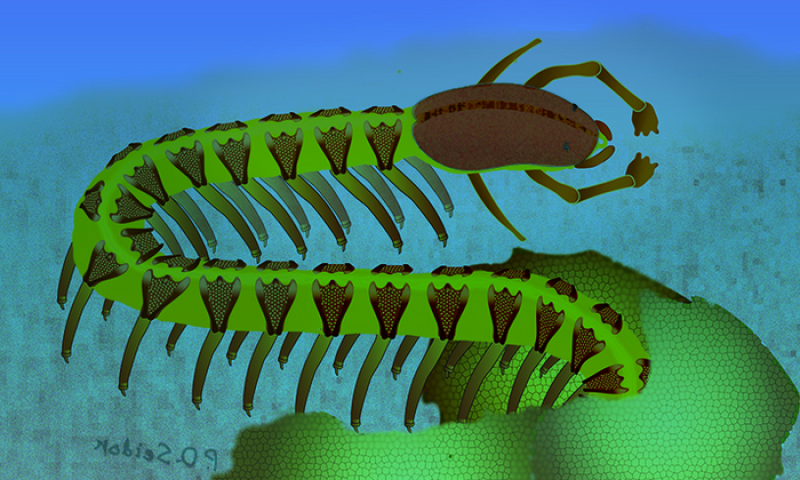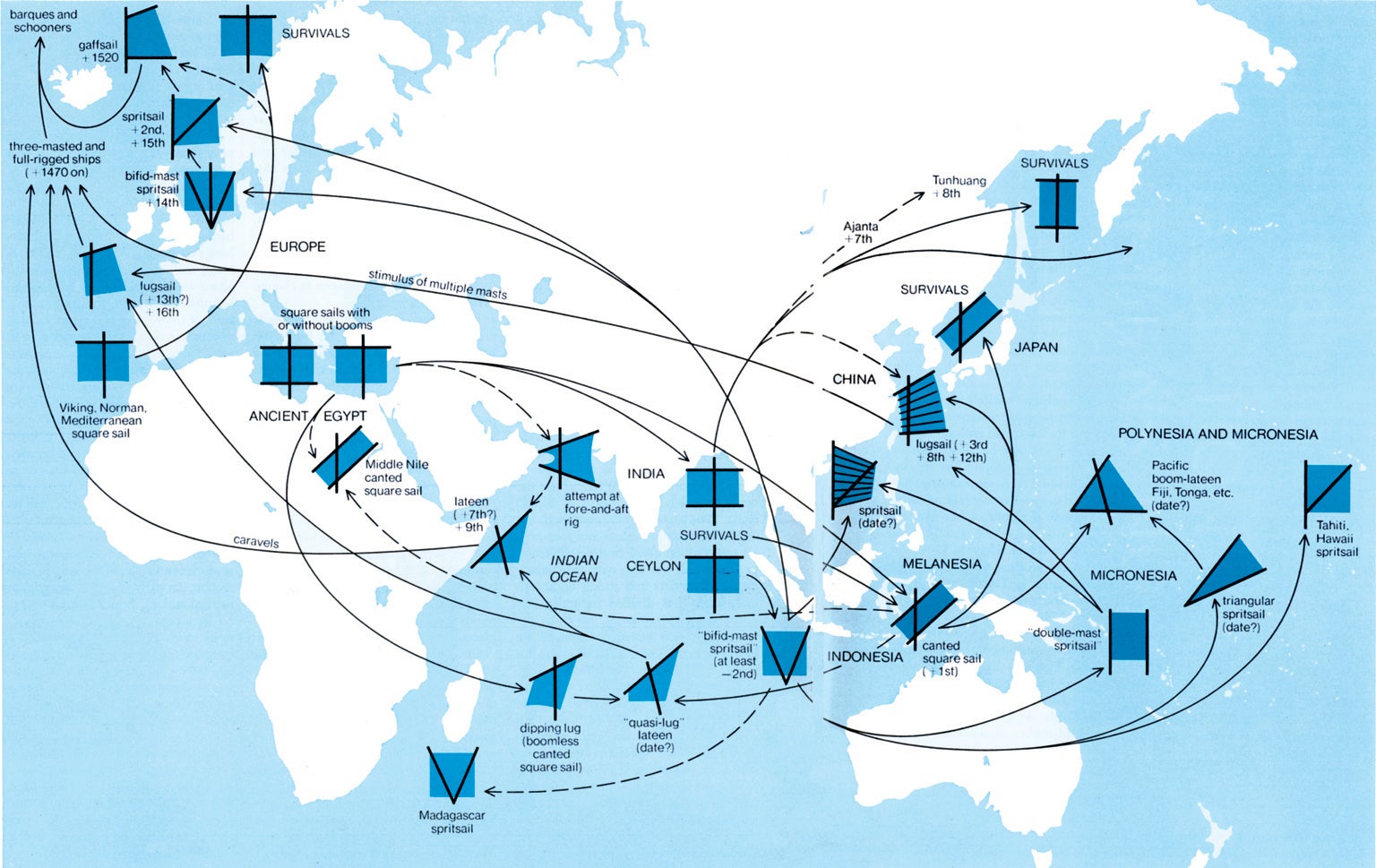Almost immediately, the preprint garnered interest, particularly from Andrew Sutherland, a research scientist at MIT who is one of the managing editors of the LMFDB. Sutherland realized that 3 million elliptic curves weren’t enough for his purposes. He wanted to look at much larger conductor ranges to see how robust the murmurations were. He pulled data from another immense repository of about 150 million elliptic curves. Still unsatisfied, he then pulled in data from a different repository with 300 million curves.
“But even those weren’t enough, so I actually computed a new data set of over a billion elliptic curves, and that’s what I used to compute the really high-res pictures,” Sutherland said. The murmurations showed up whether he averaged over 15,000 elliptic curves at a time or a million at a time. The shape stayed the same even as he looked at the curves over larger and larger prime numbers, a phenomenon called scale invariance. Sutherland also realized that murmurations are not unique to elliptic curves, but also appear in more general L-functions. He wrote a letter summarizing his findings and sent it to Sarnak and Michael Rubinstein at the University of Waterloo.
“If there is a known explanation for it I expect you will know it,” Sutherland wrote.
They didn’t.
Explaining the Pattern
Lee, He and Oliver organized a workshop on murmurations in August 2023 at Brown University’s Institute for Computational and Experimental Research in Mathematics (ICERM). Sarnak and Rubinstein came, as did Sarnak’s student Nina Zubrilina.
Zubrilina presented her research into murmuration patterns in modular forms, special complex functions which, like elliptic curves, have associated L-functions. In modular forms with large conductors, the murmurations converge into a sharply defined curve, rather than forming a discernible but dispersed pattern. In a paper posted on October 11, 2023, Zubrilina proved that this type of murmuration follows an explicit formula she discovered.
“Nina’s big achievement is that she’s given a formula for this; I call it the Zubrilina murmuration density formula,” Sarnak said. “Using very sophisticated math, she has proven an exact formula which fits the data perfectly.”
Her formula is complicated, but Sarnak hails it as an important new kind of function, comparable to the Airy functions that define solutions to differential equations used in a variety of contexts in physics, ranging from optics to quantum mechanics.
Though Zubrilina’s formula was the first, others have followed. “Every week now, there’s a new paper out,” Sarnak said, “mainly using Zubrilina’s tools, explaining other aspects of murmurations.”
Jonathan Bober, Andrew Booker and Min Lee of the University of Bristol, together with David Lowry-Duda of ICERM, proved the existence of a different type of murmuration in modular forms in another October paper. And Kyu-Hwan Lee, Oliver and Pozdnyakov proved the existence of murmurations in objects called Dirichlet characters that are closely related to L-functions.
Sutherland was impressed by the significant dose of luck that had led to the discovery of murmurations. If the elliptic curve data hadn’t been ordered by conductor, the murmurations would have disappeared. “They were fortunate to be taking data from the LMFDB, which came pre-sorted according to the conductor,” he said. “It’s what relates an elliptic curve to the corresponding modular form, but that’s not at all obvious. … Two curves whose equations look very similar can have very different conductors.” For example, Sutherland noted that y2 =x3 – 11x + 6 has conductor 17, but flipping the minus sign to a plus sign, y2 =x3 + 11x + 6 has conductor 100,736.
Even then, the murmurations were only found because of Pozdnyakov’s inexperience. “I don’t think we would have found it without him,” Oliver said, “because the experts traditionally normalize ap to have absolute value 1. But he didn’t normalize them … so the oscillations were very big and visible.”
The statistical patterns that AI algorithms use to sort elliptic curves by rank exist in a parameter space with hundreds of dimensions — too many for people to sort through in their minds, let alone visualize, Oliver noted. But though machine learning found the hidden oscillations, “only later did we understand them to be the murmurations.”
Editor’s Note: Andrew Sutherland, Kyu-Hwan Lee and the L-functions and modular forms database (LMFDB) have all received funding from the Simons Foundation, which also funds this editorially independent publication. Simons Foundation funding decisions have no influence on our coverage. More information is available here.
Note: This article have been indexed to our site. We do not claim legitimacy, ownership or copyright of any of the content above. To see the article at original source Click Here













